Trial Lake Reservoir Report
Nearby: Washington Lake Crystal Lake
Last Updated: December 31, 2025
Trial Lake is a popular destination in the Uinta Mountains of Utah.
°F
°F
mph
Wind
%
Humidity
Summary
It was named after a party of explorers who camped there in 1876. The lake is fed by snowmelt and several small streams, and is part of the upper Provo River system. Its watershed receives over 15 feet of snow annually, providing a significant contribution to the Provo River’s overall flow. Trial Lake also serves as a recreational hub, with hiking, fishing, and camping being popular activities. The surrounding area is also used for cattle grazing. Additionally, Trial Lake serves as a valuable source of water for irrigation and other agricultural uses downstream.
Reservoir Details
| Storage 24hr Change | 0.17% |
| Percent of Normal | 51% |
| Minimum |
106.5 acre-ft
2018-11-19 |
| Maximum |
1,684.7 acre-ft
2008-05-20 |
| Average | 700 acre-ft |
| Dam_Height | 43 |
| Hydraulic_Height | 38 |
| Drainage_Area | 3 |
| Year_Completed | 1990 |
| Nid_Storage | 1661 |
| Structural_Height | 41 |
| Primary_Dam_Type | Earth |
| Foundations | Rock |
| Hazard_Potential | High |
| River_Or_Stream | PROVO RIVER |
| Dam_Length | 600 |
| Nid_Height | 43 |
Seasonal Comparison
Storage Levels
Storage Levels
Pool Elevation Levels
Total Release Levels
Inflow Levels
Weather Forecast
Nearby Streamflow Levels
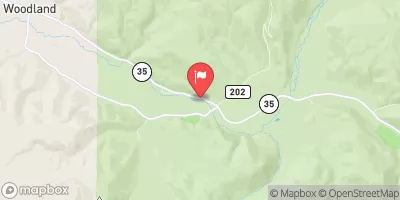 Provo River Near Woodland
Provo River Near Woodland
|
61cfs |
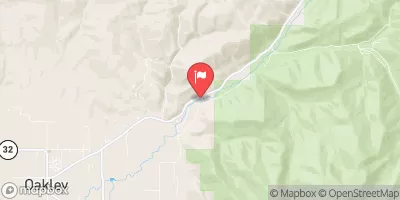 Weber River Near Oakley
Weber River Near Oakley
|
91cfs |
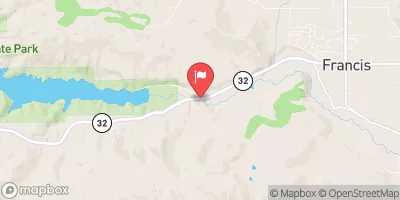 Provo River Near Hailstone
Provo River Near Hailstone
|
90cfs |
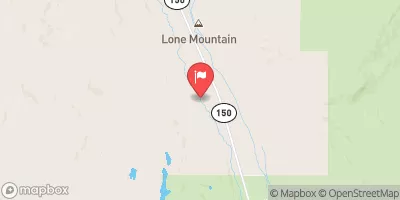 Bear River Near Utah-Wyoming State Line
Bear River Near Utah-Wyoming State Line
|
97cfs |
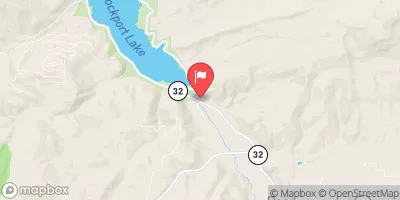 Weber River Near Peoa
Weber River Near Peoa
|
43cfs |
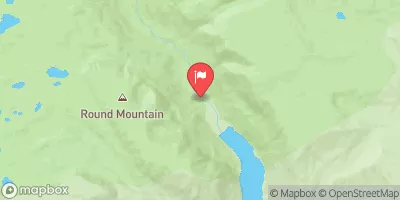 Lake Fork River Ab Moon Lake
Lake Fork River Ab Moon Lake
|
32cfs |
Dam Data Reference
Condition Assessment
SatisfactoryNo existing or potential dam safety deficiencies are recognized. Acceptable performance is expected under all loading conditions (static, hydrologic, seismic) in accordance with the minimum applicable state or federal regulatory criteria or tolerable risk guidelines.
Fair
No existing dam safety deficiencies are recognized for normal operating conditions. Rare or extreme hydrologic and/or seismic events may result in a dam safety deficiency. Risk may be in the range to take further action. Note: Rare or extreme event is defined by the regulatory agency based on their minimum
Poor A dam safety deficiency is recognized for normal operating conditions which may realistically occur. Remedial action is necessary. POOR may also be used when uncertainties exist as to critical analysis parameters which identify a potential dam safety deficiency. Investigations and studies are necessary.
Unsatisfactory
A dam safety deficiency is recognized that requires immediate or emergency remedial action for problem resolution.
Not Rated
The dam has not been inspected, is not under state or federal jurisdiction, or has been inspected but, for whatever reason, has not been rated.
Not Available
Dams for which the condition assessment is restricted to approved government users.
Hazard Potential Classification
HighDams assigned the high hazard potential classification are those where failure or mis-operation will probably cause loss of human life.
Significant
Dams assigned the significant hazard potential classification are those dams where failure or mis-operation results in no probable loss of human life but can cause economic loss, environment damage, disruption of lifeline facilities, or impact other concerns. Significant hazard potential classification dams are often located in predominantly rural or agricultural areas but could be in areas with population and significant infrastructure.
Low
Dams assigned the low hazard potential classification are those where failure or mis-operation results in no probable loss of human life and low economic and/or environmental losses. Losses are principally limited to the owner's property.
Undetermined
Dams for which a downstream hazard potential has not been designated or is not provided.
Not Available
Dams for which the downstream hazard potential is restricted to approved government users.
Area Campgrounds
| Location | Reservations | Toilets |
|---|---|---|
 Washington Lake
Washington Lake
|
||
 Trial Lake
Trial Lake
|
||
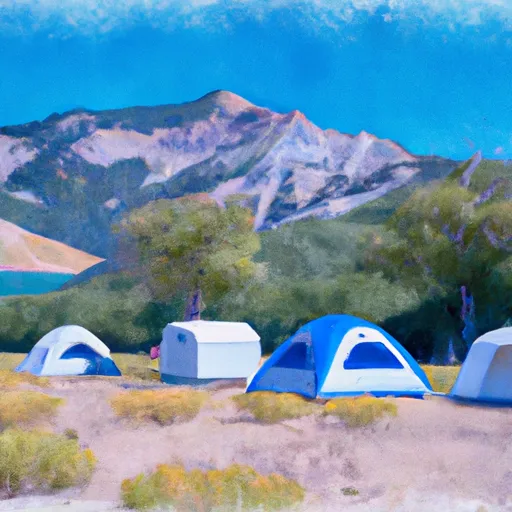 Washington Lake Campground
Washington Lake Campground
|
||
 Lilly Lake
Lilly Lake
|
||
 Lilly Lake Campground
Lilly Lake Campground
|
||
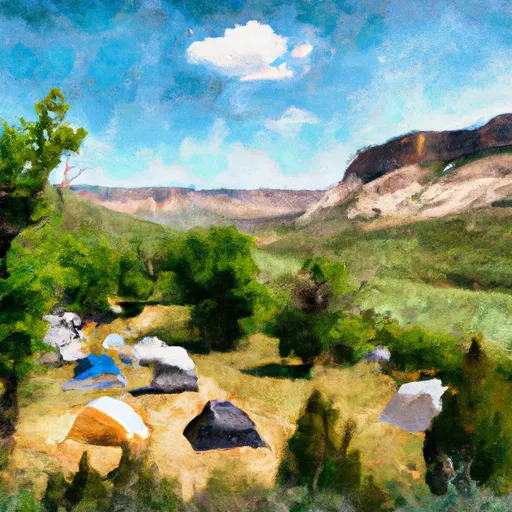 Moosehorn Campground
Moosehorn Campground
|

 Trial Lake
Trial Lake
 Trial Lake
Trial Lake
 Washington Lake
Washington Lake
 Lost Lake
Lost Lake
 Smith & Morehouse Reservoir
Smith & Morehouse Reservoir
 Upper Provo Falls
Upper Provo Falls
 Upper Slate Gorge
Upper Slate Gorge
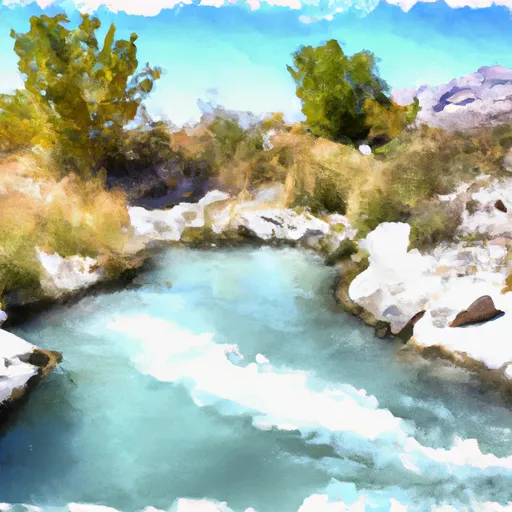 Source To Mouth
Source To Mouth
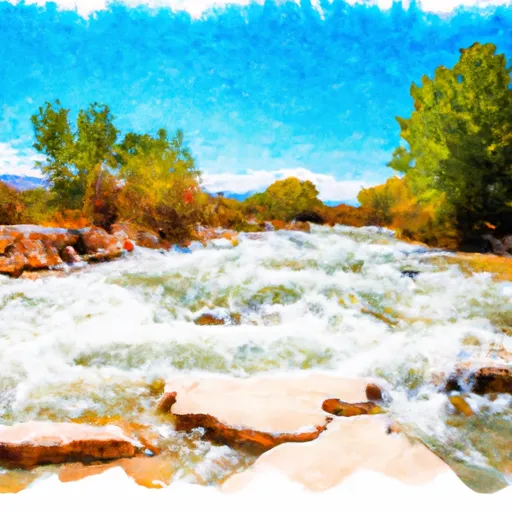 Source To Holiday Park
Source To Holiday Park
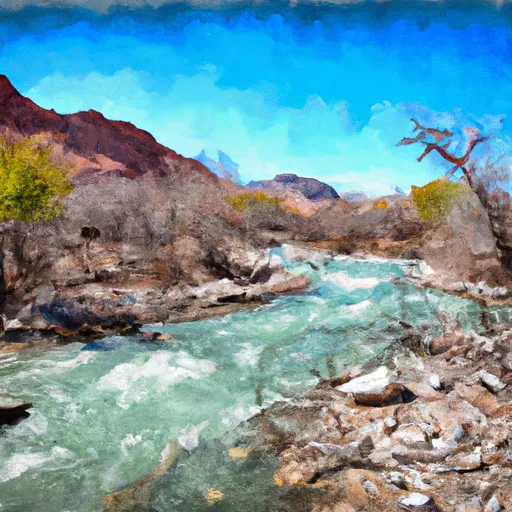 Source To Wilderness Boundary
Source To Wilderness Boundary
 Washington Lake
Washington Lake
 Teapot Lake
Teapot Lake
 Lilly Lake
Lilly Lake
 Clyde Lake
Clyde Lake
 Haystack Lake
Haystack Lake